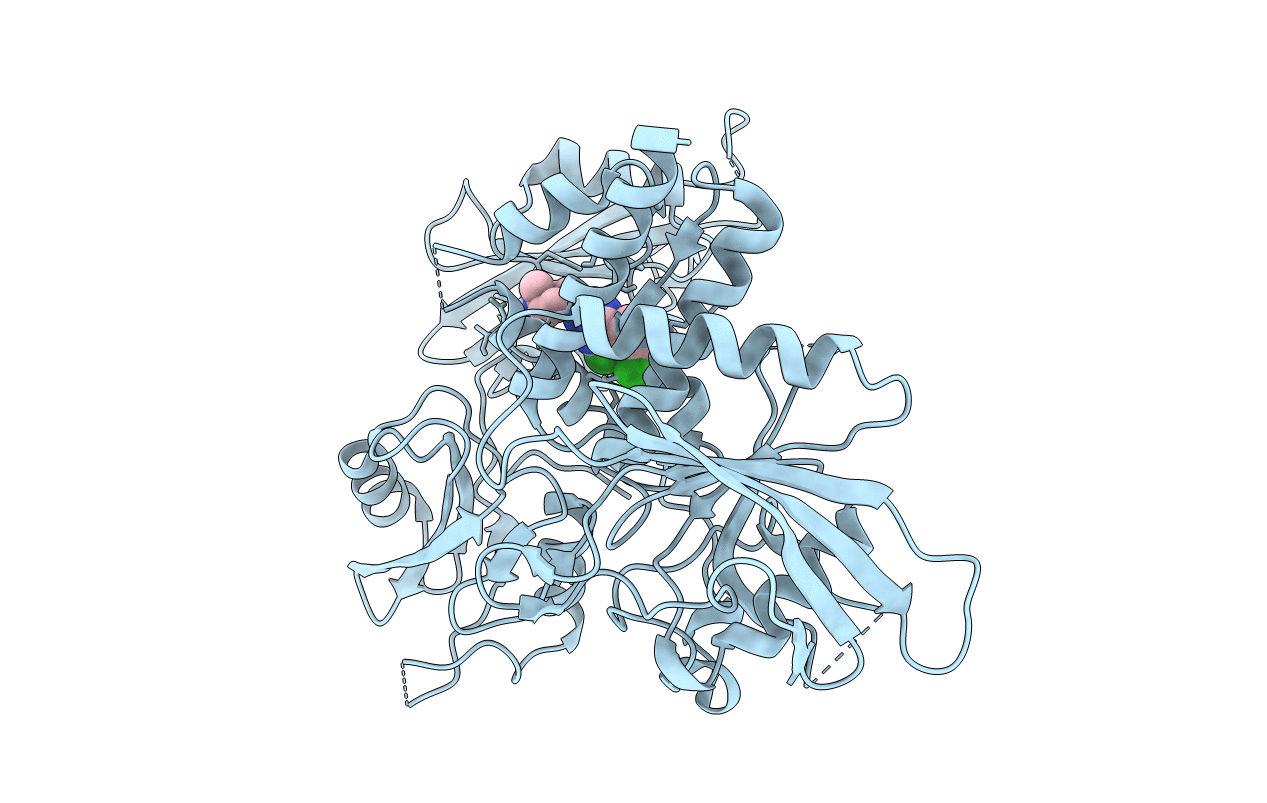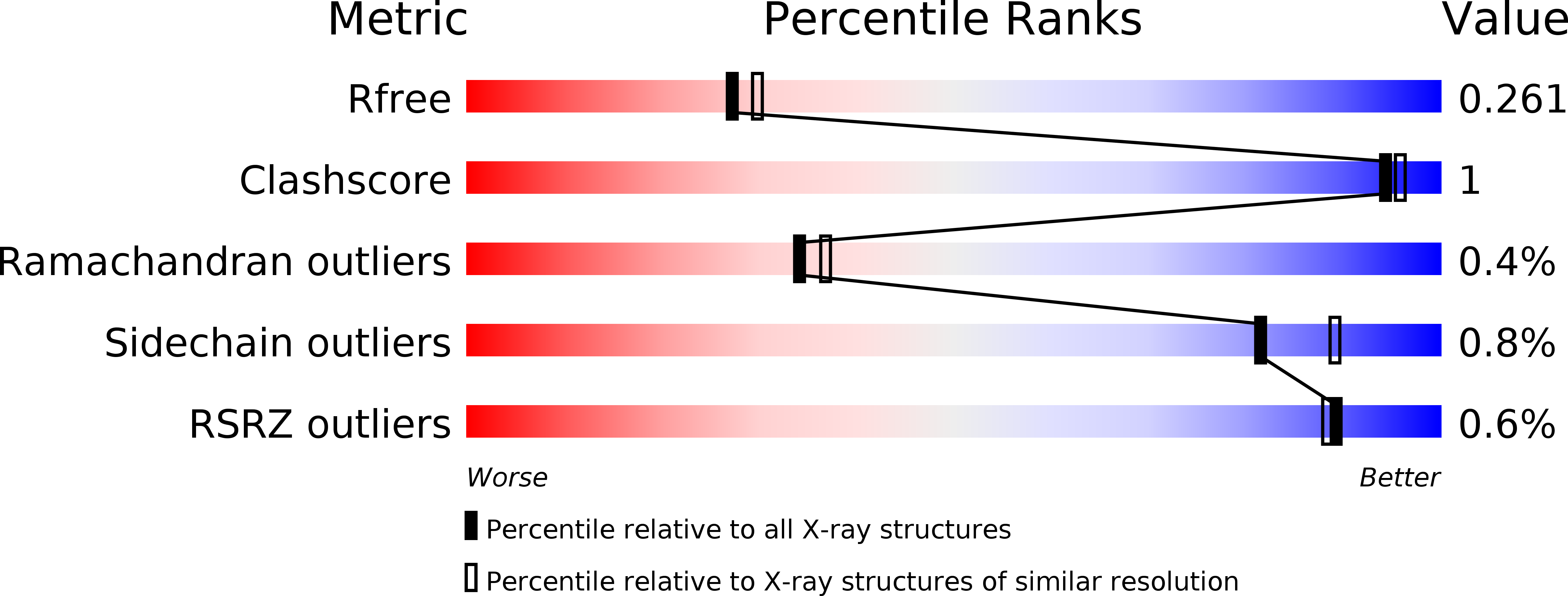
Deposition Date
2018-03-06
Release Date
2018-11-14
Last Version Date
2023-10-04
Entry Detail
PDB ID:
6CMR
Keywords:
Title:
Closed structure of active SHP2 mutant E76D bound to SHP099 inhibitor
Biological Source:
Source Organism:
Homo sapiens (Taxon ID: 9606)
Host Organism:
Method Details:
Experimental Method:
Resolution:
2.21 Å
R-Value Free:
0.26
R-Value Work:
0.22
R-Value Observed:
0.22
Space Group:
P 2 21 21


